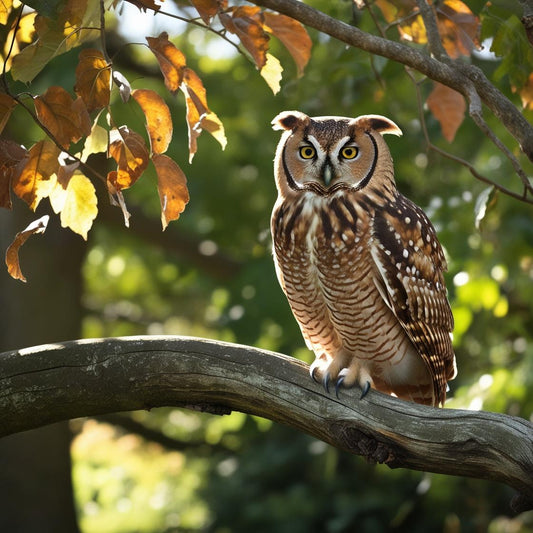Thousands of miles of historic footpaths and bridleways across England could be lost forever due to a significant backlog in local councils processing applications, campaigners warn. These routes, which have provided access to the countryside for centuries, are at risk of disappearing if they are not officially recognised and added to the definitive map of public rights of way by the government’s 2031 deadline.
The scale of the problem is alarming. Data gathered by the BBC reveals that nearly 8,000 applications to get public paths and bridleways officially recorded have yet to be processed. Some of these requests have been languishing in council offices since the 1980s, a stark reminder of how easily our natural heritage can slip through the cracks. All historic rights of way must be officially documented by 2031, as required by the Countryside and Rights of Way Act 2000. However, countryside advocates are worried that the process, bogged down by extensive paperwork, is moving so slowly that some paths may never be recorded in time. If these paths are not formally recognised by the deadline, they could be legally closed off by landowners, denying future generations the opportunity to walk in the footsteps of their ancestors.
The responsibility for processing these applications lies with local authorities, but many councils are struggling under the weight of the backlog. Limited resources, coupled with competing priorities, mean that many applications are delayed for years, leaving the fate of these paths in limbo. Campaigners are urging the government to provide additional support to local councils to ensure that these important routes are protected before it’s too late.
The loss of these footpaths would be more than just an inconvenience for walkers and outdoor enthusiasts; it would represent a profound cultural loss. England’s footpaths are an integral part of the nation’s history, weaving through landscapes that have shaped the lives and livelihoods of generations. They provide a vital connection to the past, allowing us to explore and experience the countryside in the same way our ancestors did.
In the face of this challenge, campaigners and local communities are working tirelessly to ensure that these paths are not lost. They are calling on the public to get involved by researching and submitting claims for unrecorded paths, raising awareness of the issue, and supporting efforts to clear the backlog.
As the 2031 deadline approaches, the race is on to save these vital routes. The outcome will not only determine the future of England’s footpaths but will also reflect our commitment to preserving the country’s natural and cultural heritage. It is a cause that demands urgent attention and action, for once these paths are lost, they may be gone forever.
The Ramblers are leading a crucial campaign to save the public footpaths and outdoor spaces that are essential to ensuring everyone has the opportunity to walk in nature. With almost 21 million people in England lacking access to green or blue spaces within a 15-minute walk, The Ramblers believe now is the time for decisive action.
As part of their efforts, The Ramblers’ ‘Don’t Lose Your Way’ campaign has identified and mapped over 49,000 miles of potential lost paths across the UK. These historic paths, if not legally recorded by the 2031 deadline set by the government, could be lost forever, leaving them vulnerable to obstruction, closure, or becoming impassable due to overgrowth. Protecting these paths is about more than just preserving history; it's about safeguarding our landscape and ensuring future generations can access these spaces. The Ramblers are dedicated to working with landowners and local authorities to focus on paths that add real value to the network, improving connectivity and expanding opportunities for everyone to enjoy the great outdoors.
They have taken the time to list some concerns that may arise and how they will be dealing with it (this is all listed & sourced from on their website):
Paths Through Private Property: Homeowners may worry if a historic path appears to pass through their house or garden. However, there is no need for concern—the Ramblers are not seeking to reclaim rights of way through any buildings, including homes. If a historical route is deemed beneficial to the path network, an application for a diverted route may be appropriate instead.
Conflicts with Farmers and Landowners: Given that agriculture covers around 70% of the UK’s land, many public paths cross farmland. Without these rights of way, walking opportunities would be severely limited. While many landowners maintain these paths and welcome walkers, conflicts can arise over path applications. The Ramblers aim to collaborate with landowners and advocate for a streamlined process that benefits applicants, landowners, and local authorities.
High Volume of Path Applications: With 49,000 miles of potential lost paths identified, the Ramblers prioritise those that enhance the existing network.
Incorrectly Identified Paths: Some paths flagged on the "Don’t Lose Your Way" map may not be genuine rights of way due to errors or insufficient evidence. As the project progresses, these paths will be identified and excluded from further action.

In conclusion, the effort to preserve the UK's public footpaths is a vital mission that extends far beyond mere record-keeping—it's about ensuring that everyone has the opportunity to experience the beauty of our natural landscapes. As we approach the 2031 deadline, the work of organisations like the Ramblers is more important than ever. By supporting these efforts and staying vigilant in our commitment to protect these paths, we can help secure a legacy of accessible outdoor spaces for future generations. Let’s all take part in safeguarding these precious routes, ensuring that the joy of exploring the countryside remains a right, not just a privilege.
What are your thoughts on this situation? Share your thoughts via socials and make sure to tag us!





